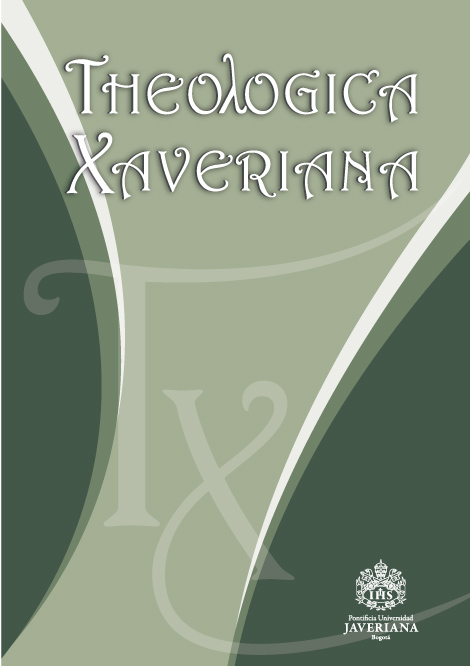Resumen
El Maestro Eckhart introduce la enseñanza sobre la “unión en Dios” apelando al modelo de la pedagogía divina que aparece en la Biblia, en particular en las enseñanzas de Jesús. El modelo presenta tres elementos: el recurso a la interpretación
analógica que tiende puentes entre el sentido obvio y el oculto: los dichos y las parábolas parten de lo cotidiano y remiten a lo trascendente; la misteriosa relación entre Dios y las criaturas bajo el símbolo del negocio justo: Dios en nosotros y nosotros en Dios; el diálogo con Dios que conduce al conocimiento interior: la mejor manera de acercarnos a Dios y conocernos a nosotros mismos. Entonces, la pedagogía divina nos mueve de lo obvio a lo misterioso, de la mera idea de Dios a la experiencia de unión en él, del soliloquio devocional al diálogo espiritual.
Bara Bancel, Silvia. “Las raíces de la felicidad, según el Maestro Eckhart”. En Mística y Filosofía, coordinado por Francisco Javier Sancho Fermín, 131-144. Ávila: Centro Internacional Teresiano Sanjuanista (CITeS)-“Universidad de la Mística”, 2009.
_____. Teología mística alemana. Estudio comparativo del Libro de la verdad de Enrique Suso y el Maestro Eckhart. Ensayo de teología mística. Münster: Aschendorff Verlag GmbH & Co. KG, 2015.
Beuchot, Mauricio. Hermenéutica analógica y teología fundamental. Bogotá: Universidad Santo Tomás, 2013.
_____. La hermenéutica en la Edad Media. México, UNAM, 2002.
Demkovich, Michael. Introducing Meister Eckhart. Liguori (MO): Liguori/Triumph, 2005.
Dionisio Areopagita. La jerarquía celestial. La jerarquía eclesiástica. La teología mística. Epístolas. Traducción de Pablo A Cavallero. Buenos Aires: Losada, 2007.
García Baró, Miguel. De estética y mística. Salamanca: Sígueme, 2007.
González Bernal, Edith. “Kénosis y Reino de Dios en el M. Eckhart”. Monografía en proceso de publicación por la Pontificia Universidad Javeriana. Bogotá.
Husserl, Edmund. La idea de la fenomenología. Traducido por Miguel García-Baró. México: Fondo de Cultura Económica, 1982.
Kieckhefer, Richard. “Meister Eckhart’s Conception of Union with God”. Harvard Theological Review 71/3-4 (1978): 203-225.
Maestre Sánchez, Alfonso. “Maestro Eckhart (1260-1327) o la secularización de la experiencia mística cristiana”. En Anales del Seminario de Historia de la Filosofía Vol. 24 Madrid: Universidad Complutense, 2007.
Maestro Eckhart. Obras alemanas: tratados y sermones. Traducción de Ilse de Brugge. Barcelona: Edhasa, 1983.
_____. El fruto de la nada y otros escritos. Edición y traducción de Amador Vega. Madrid: Siruela, 2011.
_____. Vida eterna y conocimiento divino. Traducción de Miguel Grinberg. Buenos Aires: Deva’s, 2002.
McGinn, Bernard. “The Problem of Mystical Union in Eckhart, Seuse and Tauler”. En Meister Eckhart in Erfurt, editado por Andreas Speer y Lydia Wegene, 538-553. Berlín: Walter de Gruyter, 2005.
Merino, José Antonio. Historia de la filosofía medieval. Madrid: Biblioteca de Autores Cristianos, 2001.
Vega, Amador. El fruto de la nada y otros ensayos. Madrid: Siruela, 2008.
Von Balthasar, Hans Urs; Alois María Haas; y Werner Beierwaltes. Mística: cuestiones fundamentales. Buenos Aires: Ágape Libros, 2008.

Esta obra está bajo una licencia internacional Creative Commons Atribución 4.0.
Derechos de autor 2020 Nelson Mafla Terán, Edith González Bernal, José Santos Torres Muñoz



